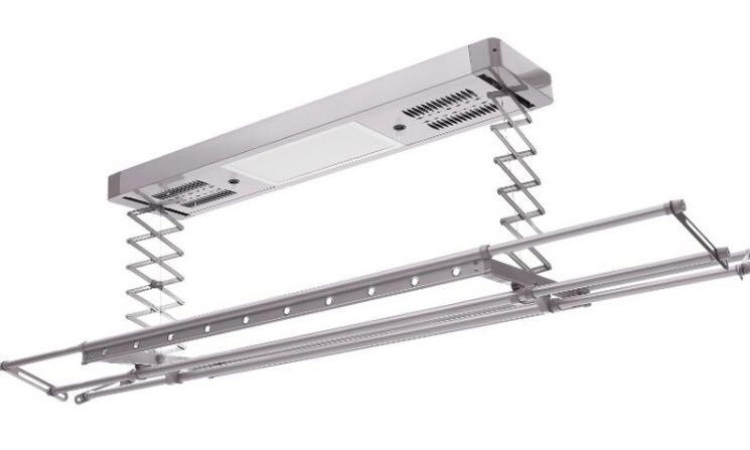
Electric clothes dryer rack
Introduction An electric clothes dryer rack uses heated air to dry clothes more efficiently than air-drying. It features heating elements,

A dryer is a household appliance used to remove moisture from clothes, towels, and other textiles after they have been washed. There are different types of dryers, each with unique features and energy efficiency levels.
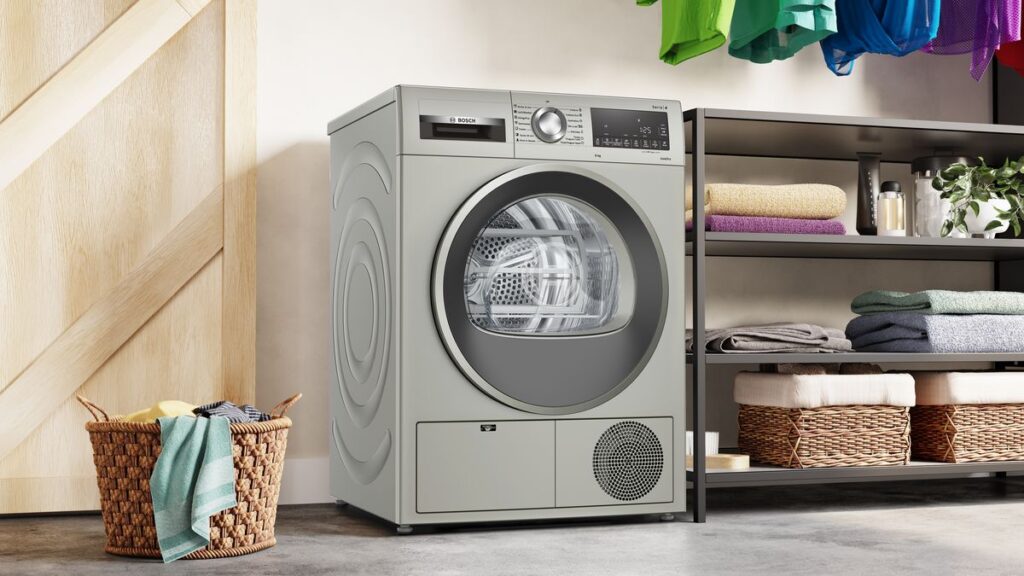
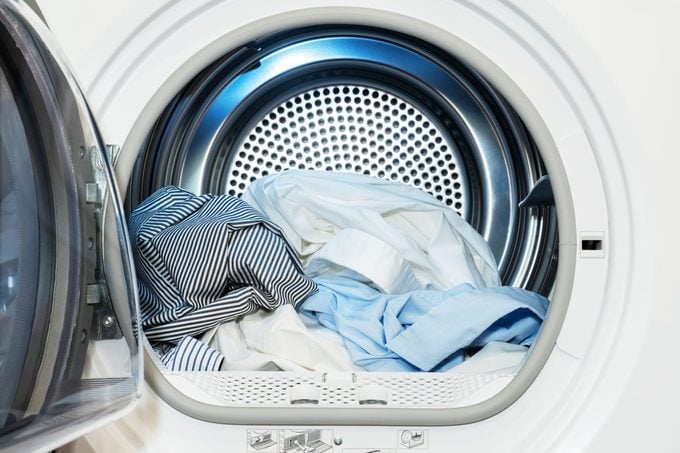
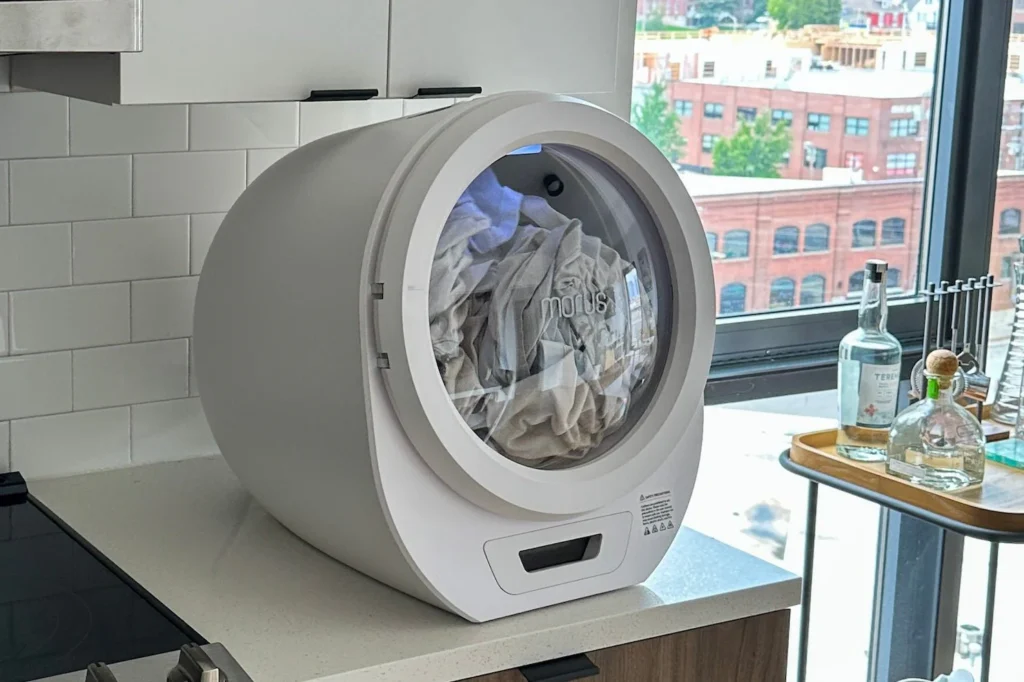
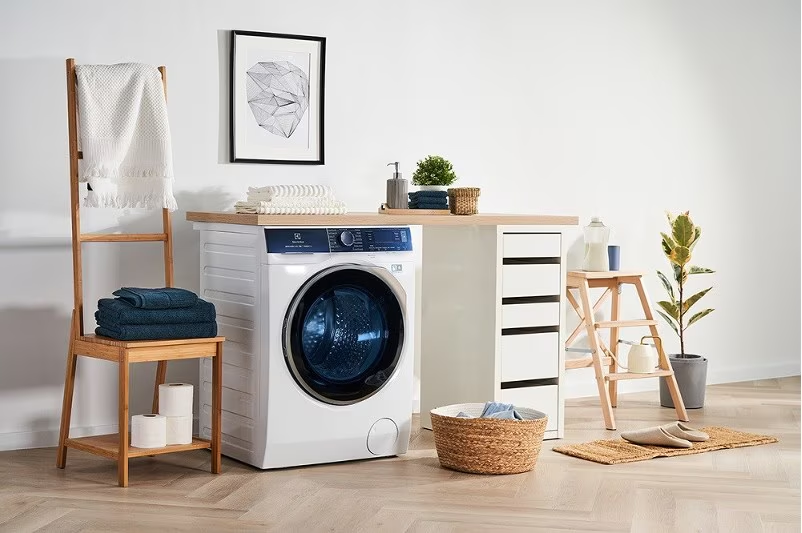
In conclusion, India’s washing machine market is diverse, with a mix of domestic and international brands catering to a wide range of consumer needs. Brands like LG, Samsung, Bosch, and Whirlpool dominate the premium and mid-range segments with innovative features, while Indian brands like IFB and Godrej focus on affordability and reliability. Budget-friendly options from brands like Haier, BPL, and Onida also make washing machines accessible to all income groups. Whether you prioritize advanced technology, energy efficiency, or cost-effectiveness, the Indian market offers something for everyone.

Introduction An electric clothes dryer rack uses heated air to dry clothes more efficiently than air-drying. It features heating elements,
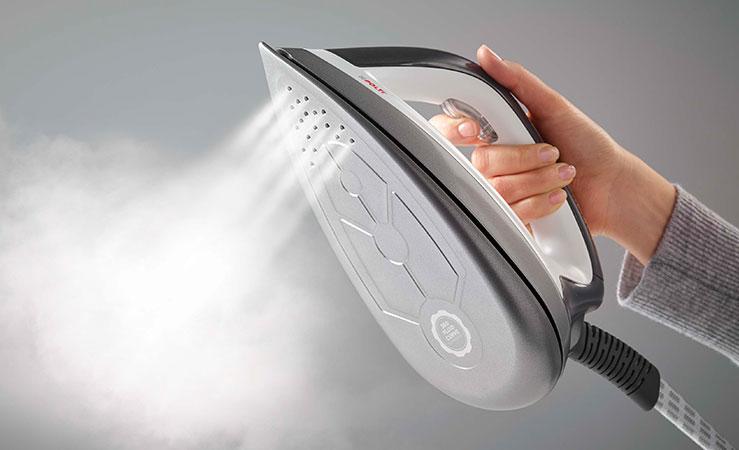
Introduction A steam iron is a household appliance used for pressing clothes and removing wrinkles. It works by generating steam
Discover the best selections available online. Click, compare, and shop with confidence through our trusted affiliate links!